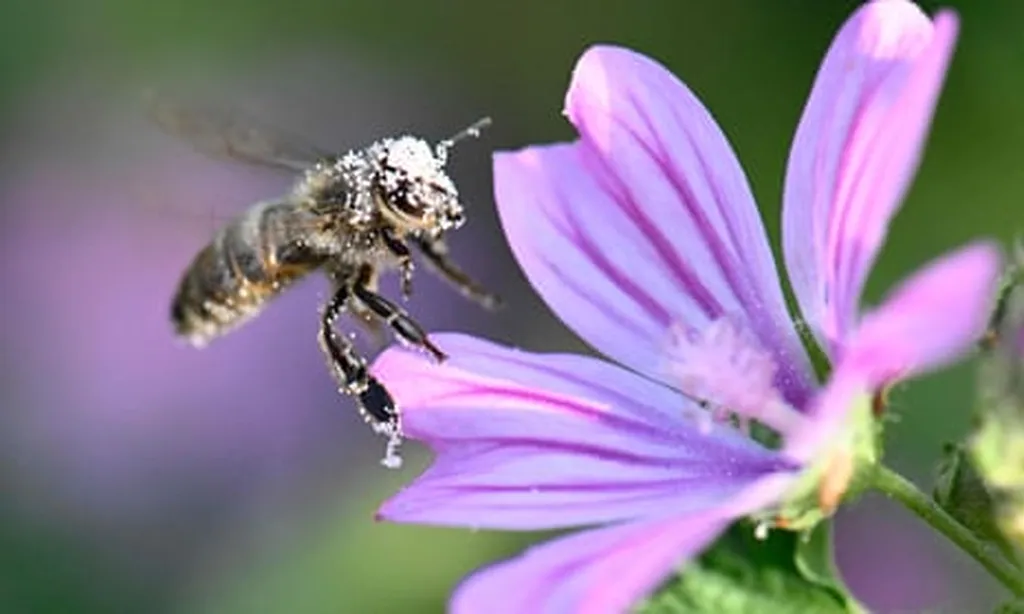In the heart of China’s Xinjiang region, a groundbreaking study led by Jialing Wu from Xinjiang University and Ningbo University is challenging our understanding of how plastics—both traditional and biodegradable—interact with agricultural systems. The research, published in the *Journal of Agricultural Science and Engineering* (translated from its original Chinese title), sheds light on the intricate dance between microplastics and soil ecosystems, with implications that could reshape agricultural practices and energy sector investments.
Wu and her team set out to explore how different types of microplastics—traditional (polypropylene and polyethylene) and biodegradable (polycaprolactone and polyadipate/butylene terephthalate)—affect pea growth and soil nutrient dynamics. Their findings reveal a complex interplay that could influence future agricultural strategies and energy sector investments in sustainable practices.
The study found that traditional microplastics, such as polypropylene (PP) and polyethylene (PE), tend to shift carbon allocation towards the shoots of pea plants. “This suggests that traditional microplastics might be altering the plant’s nutrient-mining strategies, potentially leading to changes in how plants acquire essential nutrients,” Wu explains. On the other hand, biodegradable microplastics like PBAT did not significantly alter dissolved organic-carbon content, indicating a more neutral interaction with the soil ecosystem.
One of the most intriguing findings was the impact of microplastics on nitrogen dynamics. “We observed that ammonium nitrogen (NH4+-N) increased with higher concentrations of PP, while nitrate nitrogen (NO3–-N) decreased due to enhanced enzyme activity,” Wu notes. This suggests that microplastics could be influencing soil microbial activity, which in turn affects nutrient availability for plants.
The study also highlighted the role of microplastics as a labile carbon resource for soil microorganisms. “Microplastics seem to stimulate organic matter decomposition, increasing the complexity of bacterial and fungal networks,” Wu explains. However, this stimulation comes with a caveat: once the labile carbon in native soils is depleted, microorganisms may compete with plants for scarce nitrogen resources, potentially impacting plant growth.
The implications of this research are far-reaching. For the energy sector, understanding how different types of plastics interact with soil ecosystems could inform investments in biodegradable materials and sustainable agricultural practices. As the world grapples with the environmental impact of traditional plastics, this study offers a nuanced perspective on the potential benefits and drawbacks of biodegradable alternatives.
Wu’s research not only advances our scientific understanding but also opens up new avenues for commercial innovation. “Our findings suggest that the choice of microplastic type could significantly influence agroecosystem dynamics,” Wu concludes. “This knowledge could guide the development of more sustainable agricultural practices and inform policy decisions aimed at reducing the environmental impact of plastic use.”
As the agricultural and energy sectors continue to evolve, Wu’s work serves as a reminder of the complex interplay between human-made materials and natural ecosystems. By unraveling these intricate relationships, we can pave the way for a more sustainable and resilient future.

